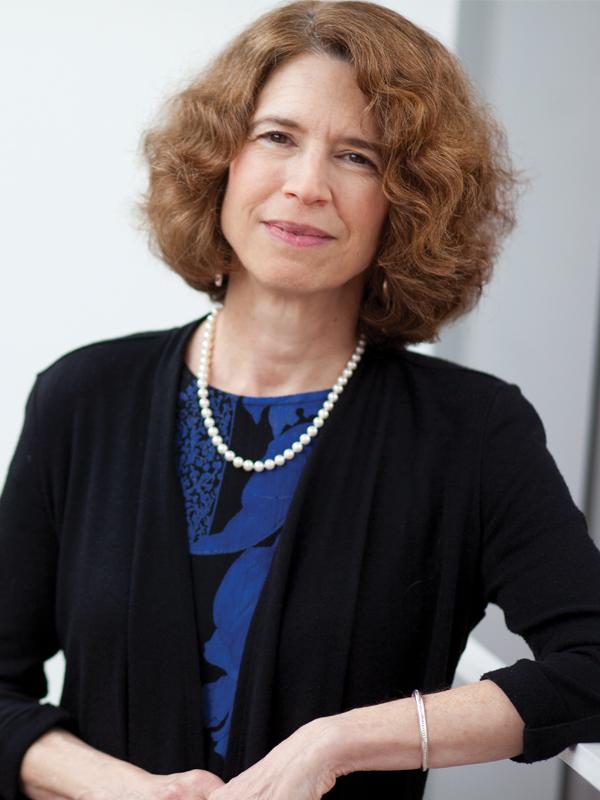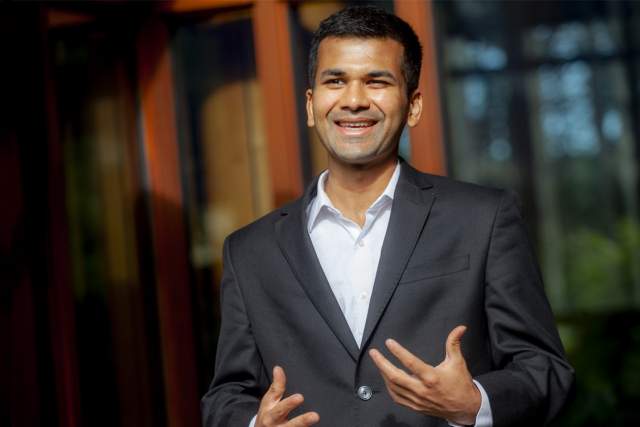Firms are always trying to gain or maintain a competitive advantage against other companies in their industry.
There are many ways to do this, such as through research and development, expansion into new markets, hiring the best talent, deploying innovative strategies, and acquiring other firms. One of the least understood methods is internal knowledge transfer: having highly skilled employees move to other units and thereby spread their skills to other employees and projects. For decades, people have conjectured that this sort of knowledge transfer is beneficial, but proving it with quantitative, empirical data has been difficult, mostly because firms are loathe to release sensitive personnel data.
In a new paper published in Organization Science, a team of Tuck-affiliated professors clears that data hurdle and studies how knowledge transfer works inside one of the largest oil companies in the world. The authors are Constance Helfat, the J. Brian Quinn Professor in Technology and Strategy at Tuck; Christian Stadler of Warwick Business School, who teaches Strategy at Tuck; and Gianmario Verona of Bocconi University, who has also taught Strategy at Tuck. Their paper, “Transferring Knowledge by Transferring Individuals: Innovative Technology Use and Organizational Performance in Multiunit Firms,” examines a nine-year span of well drilling at the oil company’s units around the globe, including the advanced technologies the units used, and the internal movements of well drilling engineers between units.

Professor Constance Helfat is a world-renowned expert in business strategy and technology.
Knowledge transfer is an important organizational practice in many firms and industries, but it is especially critical in the oil and gas business. Exploring for oil and gas on land and sea in all the different geological conditions around the planet is a highly technical endeavor, requiring engineers with specialized skills and experience, and a range of established and innovative technologies. And yet, “knowledge doesn’t transfer well among geographically dispersed units,” says Helfat. “You can’t just write everything down; there’s a lot of tacit knowledge in peoples’ heads about how to implement technology.”
The oil company in the paper confronts this challenge by running an internal job market where engineers can apply for jobs in other units. Although candidates are selected for these jobs based primarily on their well drilling skills, the candidates may also bring expertise in innovative well drilling technologies. One of the main research questions in the paper was whether transferring expertise in innovative process technologies in this way was beneficial.
When the authors studied the performance effects of the within-firm transfer of engineers who have expertise in innovative process technologies, they found that the transfers had a positive effect. However, the authors were surprised to discover that the combined effect of the transfer of engineers and the use of innovative technologies by the units was less than the sum of their separate effects. At first, that result didn’t make sense. But then the authors separated the sample into two categories: units that used innovative technologies with which they were familiar, and units using technologies for the first time. It turned out that the combined effect fell only when the units were using familiar technologies, whereas it increased when the unit was adopting new technologies.
You can’t just write everything down; there’s a lot of tacit knowledge in peoples’ heads about how to implement technology.
As Helfat explains, the combined effect was lower when the knowledge of the engineer and the experience in the unit were substitutes, or redundant. “That was not something that had been considered in the literature before, because they didn’t have any data to do the empirical work and see what was actually happening,” she says. “Conversely, if the unit has never used a particular technology before, the engineer might be bringing knowledge of how to use it that the unit doesn’t have.”
The central takeaway is that the bigger the overlap between the engineer’s and the unit’s experience, the less benefit there is to transferring the engineer’s knowledge. “Using more advanced technologies lowers firm costs and having engineers with knowledge of these advanced technologies lowers firm costs,” Helfat says, “but when you put the two together, you have to think about the extent to which these two things are substitutes versus complements.”
While the authors studied a firm that physically transfers employees to different geographic locations, because engineers need to be on site for well drilling, the principles of knowledge transfer probably also apply to, say, software engineers, who can work remotely. Google, for example, has an internal market for their software engineers, and it moves them around to different work groups. In addition to the positive benefits to the workers themselves—in terms of learning and networking—“these moves are good for the company, because they are transferring the worker’s knowledge and skills each time the engineer goes to a new group or project,” Helfat says.

